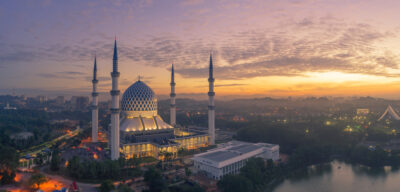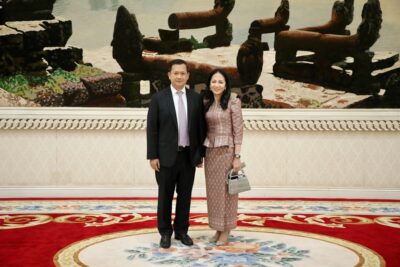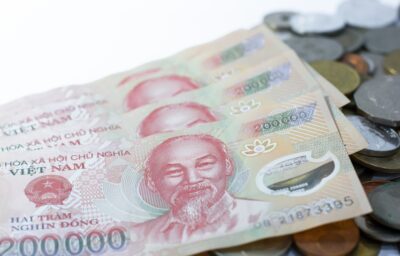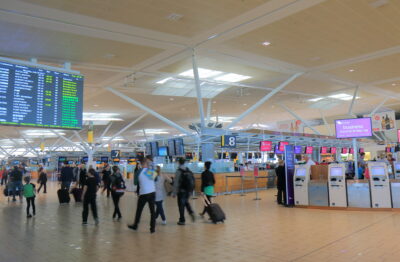Singapore’s travel sector to focus on wellness
Monthly passenger traffic at the airport in March has breached the one million mark for the first time in two years
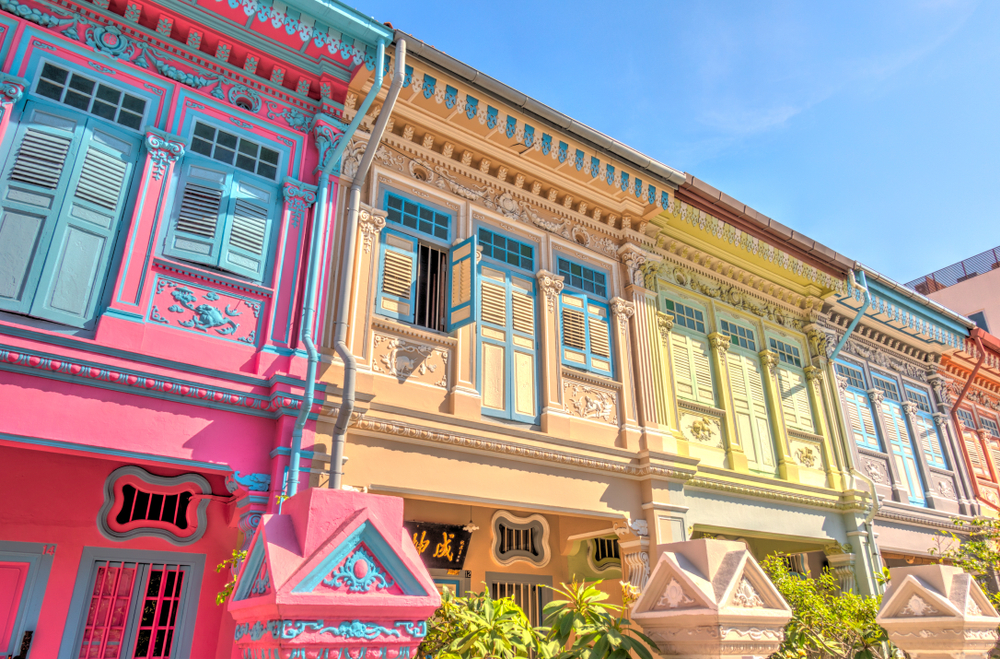
According to The Straits Times, on 3 June, Keith Tan, chief executive of the Singapore Tourism Board (STB) said that wellness will be a crucial part of the country’s tourism offerings in the next decade.
This was seconded by Alvin Tan, Minister of State for Culture, Community, and Youth, emphasising that wellness is an emerging sector that will offer many opportunities for the tourism sector.
“Singapore is not known as a wellness destination and, frankly, if you ask a lot of locals, they don’t associate Singapore with (that). But when you survey the landscape and see what’s out there (with) companies that provide wellness solutions, there’s a lot available that’s underappreciated and not well known,” Tan said.
More: Singapore’s 2022 economic outlook remains at 3–5%
Using figures from the Global Wellness Institute, he noted that the wellness industry in Singapore is valued at USD12 billion and that the global wellness industry was worth USD4.4 trillion in 2020.
Transport Minister S Iswaran mentioned that due to the pent-up demand for travel, there is a potential for long-term growth in Singapore’s tourism sector. Following this, he also stated that passenger traffic at Changi Airport has almost reached 50 percent of pre-pandemic volumes.
Tourist numbers are increasing at such a quick pace that travel companies and businesses that provide services to visitors, such as restaurants, are scrambling to keep up.
Moreover, monthly passenger traffic at the airport in March has breached the one million mark for the first time in two years, according to CNA.
As tourist numbers soar, the Indian market ranks as the leading country of origin, as reported by The Economic Times. From January to April, approximately 95,500 Indians entered Singapore. Indonesians came in second with 89,700 passengers, followed by Malaysians with 45,600 passengers flying to Singapore. Singapore does not include Malaysians who enter the nation through the land border, which has now been fully reopened, because the bulk of individuals who use this route do so on a daily basis to study or work.
The Property Report editors wrote this article. For more information, email: [email protected].
Recommended
Why everyone is moving to Selangor and Johor: Malaysia’s real estate comeback
Malaysia’s upturn in fortunes is especially prevalent in secondary destinations such as Selangor and Johor
Penang’s silicon boom: How the US-China tech war is supercharging local real estate
Penang’s booming semiconductor industry has created ripples within the local real estate sector
New leader, new opportunities: How Hun Manet is shaking up Cambodia’s real estate game
Hun Manet is overseeing decent economic growth and widening access to the country’s real estate market for foreigners
Singapore embraces inclusive housing reforms amid resilient demand
The Lion City’s regulatory strength continues to exert appeal for international investors

